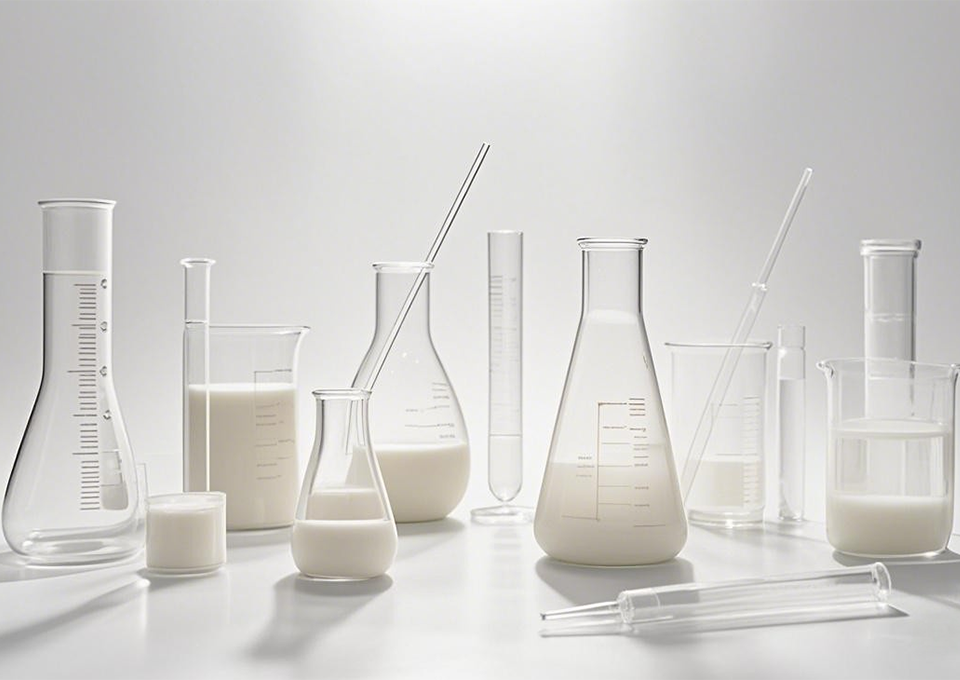La tecnologia di riciclo delle emulsioni acriliche sta guadagnando attenzione man mano che le industrie perseguono la sostenibilità e una riduzione dell'impatto ambientale. Questa tecnologia si concentra sul recupero e il riutilizzo di materiali di scarto derivati da emulsioni acriliche, come prodotti avanzati, partite fuori specifica o articoli post-consumo che contengono emulsione acrilica. Il processo tipicamente prevede diverse fasi, tra cui raccolta, separazione delle sostanze contaminanti, purificazione e ricondizionamento, al fine di soddisfare gli standard qualitativi. I metodi avanzati possono utilizzare sistemi di filtrazione per rimuovere le impurità solide, centrifugazione per separare i liquidi e trattamenti chimici per regolare viscosità e stabilità. Per la E Plus Chemical Co., Ltd., che produce grandi quantità di emulsione acrilica, esplorare tecnologie di riciclo può migliorare l'efficienza nell'uso delle risorse e ridurre i costi di smaltimento dei rifiuti. Il riciclo non solo si allinea agli obiettivi globali di sostenibilità, ma genera valore economico riutilizzando le materie prime. Le sfide in questo settore includono il mantenimento della costanza delle prestazioni dell'emulsione riciclata, poiché le sostanze contaminanti possono influenzare proprietà come l'adesione e la resistenza all'acqua. Tuttavia, la ricerca e lo sviluppo in corso stanno migliorando tali tecnologie, rendendo possibile integrare l'emulsione acrilica riciclata in applicazioni non critiche o mescolarla con emulsione vergine per alcuni utilizzi. L'implementazione di processi efficaci di riciclo richiede inoltre collaborazione lungo tutta la catena di fornitura, dai produttori agli utilizzatori finali, per garantire una corretta raccolta e gestione dei materiali di scarto. Con l'inasprirsi delle normative ambientali, la tecnologia per il riciclo delle emulsioni acriliche giocherà un ruolo sempre più importante nella strategia di sostenibilità del settore industriale.
